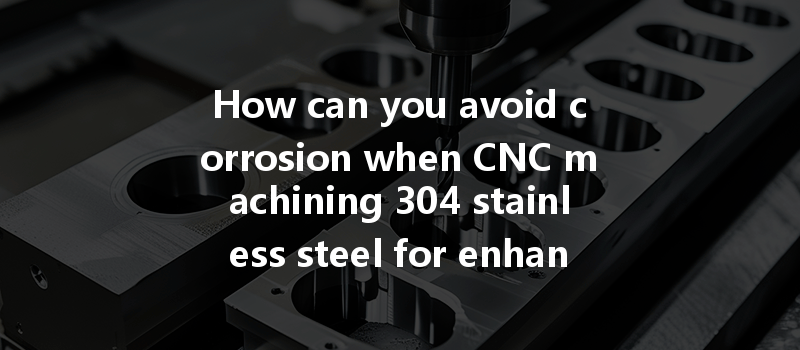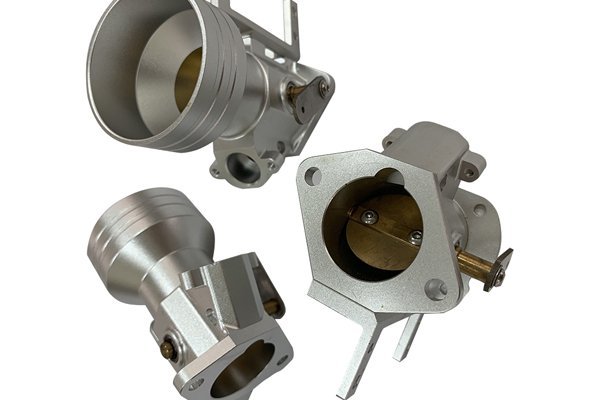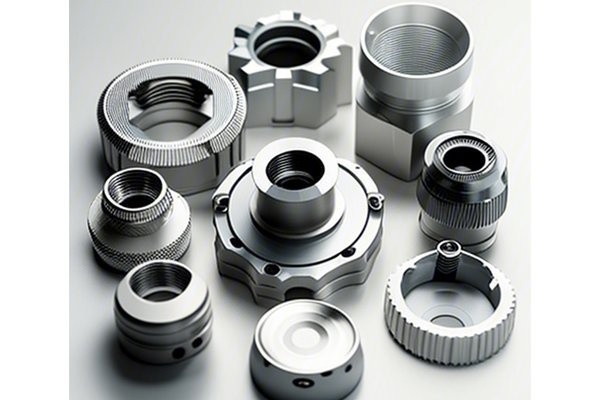Did you know that corrosion is responsible for an estimated $2.5 trillion in annual maintenance costs worldwide? [Source: National Association of Corrosion Engineers] In the world of manufacturing and engineering, one of the most commonly utilized materials is stainless steel – particularly 304 stainless steel. Its unique alloying properties provide significant corrosion resistance, making it a preferred choice across a variety of industries. However, even stainless steel isn’t immune to corrosion, particularly during the CNC machining process. This blog will delve into how to effectively avoid corrosion when CNC machining 304 stainless steel, ensuring the enhanced durability and longevity of your finished parts.
Composition and Characteristics
304 stainless steel is an austenitic steel alloy composed primarily of iron, with 18% chromium and 8% nickel. This combination results in excellent corrosion resistance and a high degree of formability. Its non-magnetic properties and weldability further enhance its utility in a diverse range of environments.
Corrosion Resistance Capabilities
Despite its corrosion-resistant qualities, 304 stainless steel can corrode under specific conditions, such as exposure to chlorides, acidic environments, or extreme heat. Understanding the limitations and threats to this material can help manufacturers take proactive measures.
Sources of Corrosion
When machining 304 stainless steel, various factors can contribute to corrosion, including:
Impacts on Quality and Performance
Corrosion can compromise the structural integrity of the parts being machined, affecting their performance in critical applications. Parts that fail to meet quality standards can result in wasted resources, increased costs, and loss of customer trust.

Proper Material Selection
Selecting high-quality 304 stainless steel free from impurities is the first step in minimizing corrosion risks. Opting for a metal with lower sulfur content can enhance the material’s resistance to localized corrosion.
Best Practices in Machining Operations
Cooling and Lubrication Techniques
Proper cooling and lubrication during machining are crucial for minimizing the risk of corrosion. Inadequate cooling can lead to overheating and surface oxidation.
Surface Treatments and Coatings
Following machining, implementing surface treatments can enhance corrosion resistance:
Cleaning and Maintenance
Routine cleaning of machined parts is essential. Remove any residues from lubricants or cutting fluids that can trap moisture and lead to corrosion. Utilizing deionized water for rinsing can prevent the introduction of additional contaminants.
To illustrate successful corrosion prevention techniques, consider the following examples:
Case Study 1: A manufacturer of medical devices adopted a strict passivation process after CNC machining to reduce corrosion. This resulted in decreased failure rates during product testing.
Case Study 2*: A CNC machining workshop specializing in marine components implemented a high-pressure flood cooling system. The result was improved surface finish and a notable reduction in corrosion incidents.
In summary, avoiding corrosion when CNC machining 304 stainless steel necessitates a multi-faceted approach that encompasses proper material selection, optimized machining practices, effective cooling and lubrication methods, and thorough post-machining treatments. By implementing these techniques, manufacturers can produce high-quality, durable components that withstand the test of time.
As you consider the importance of these strategies, remember that the financial implications of corrosion can be staggering – not only in terms of repair and replacement but also in lost productivity and reputation. Take the time to invest in effective solutions that keep your machining operations optimal, and ensure the long-term reliability of your products.
By being proactive, you can significantly enhance the durability of your CNC machined stainless steel components, providing superior value to your customers and setting your operations apart in a competitive marketplace.






